

With Karl Feilder
Meet the course instructor on media and events



In an era when companies can no longer shy away from making their contribution in the fight against Climate Change, this course is a guide for managers toward Net Zero.
You will learn the ARROW model, which will enable you to make your company and its processes more sustainable, whatever industry you belong to.
New lessons will be added periodically
A brief history of climate change, Net Zero, decarbonization and why it matters to companies
Examples of big company strategies and what we can learn from them
The goals of this course
Definitions from different perspectives, and what is the real goal?
How could macroeconomic factors impact SMEs
Carrot or stick ? The governments’ dilemma
Introducing ARROW – Assess, Reduce, Replace, Offset, Win
Applying ARROW in different contexts – offices, factories, warehouses, vehicles
The power of data that has never been collected before
Clipboard, app, consultant or programme?
Introduction to KPIs
The only cost reduction project everyone loves
Efficiency is the sum of the parts
Setting SMART goals to save money
Interviews with CEOs of Solar, Wind, Lighting, Control, Vehicle companies
Keeping it real – putting timelines into context
Understanding the chaos and complexity
Finding a suitable solution
Internal communication
External communication and the dangers
How to start
A simple explanation of the terminology
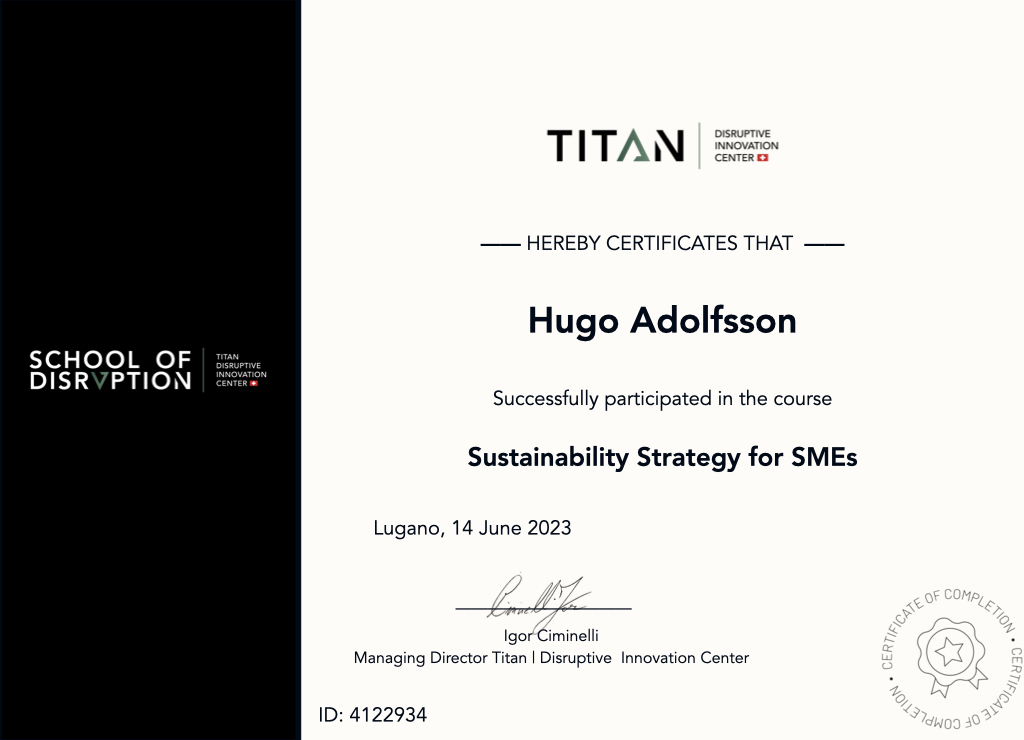
Obtain the participation certificate of the TITAN Disruptive Innovation Center
Share it on social networks, make your CV unique.

Karl Feilder
No, the course is entirely on-demand and consists of video-recorded lessons that can be accessed from any device and at any time from the students’ personal dashboard. However, online meetings are organized throughout the year (for members only) for Q&A sessions with speakers and experts in the field.
Karl W. Feilder is founder, CEO, and Chairman of The Neutral Group and Neutral Fuels. A serial tech entrepreneur and business sustainability advocate, Karl’s direct actions to mitigate climate change have resulted in over 10.5 million tonnes of carbon dioxide savings from global corporations. In the last decade, he has built up The Neutral Group from a two-person startup to an international business, and is now preparing its Neutral Fuels LLC subsidiary, a company that produces bio-fuel from waste, for an IPO on the London AIM stock market in 2023.
Green and sustainability seem to be the new must for every company on the planet. But they are the wrong words. The right keywords for companies that want to play a significant role in fighting climate change are NET ZERO. This course is an indispensable step-by-step guide for managers of small and medium-sized companies who want to achieve the goal of lowering the carbon footprint of their business.
No, the course has lifetime access.
Of course, once you have finished the course, you can download the School of Disruption certification, recognized by the Titan | Disruptive Innovation Center. The certificate can be attached to your CV or registered on LinkedIn.
Feel free to write to support@disruption.school to request any information about our School and courses.
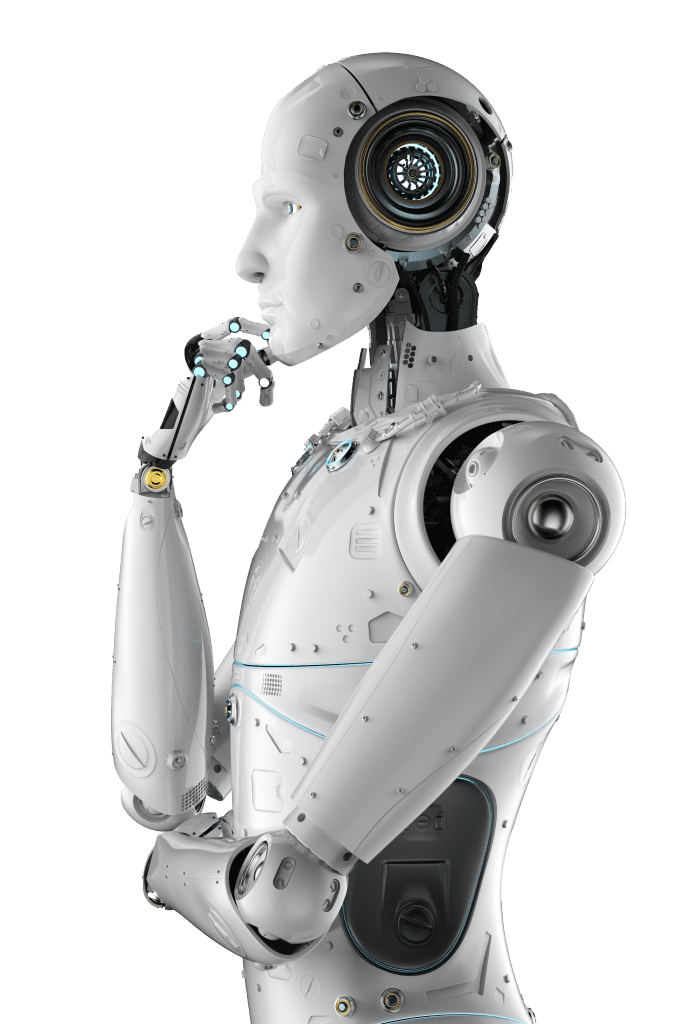
Are you part of a University, School or Association?
Contact us to become our partner and receive special conditions for your students and colleagues!
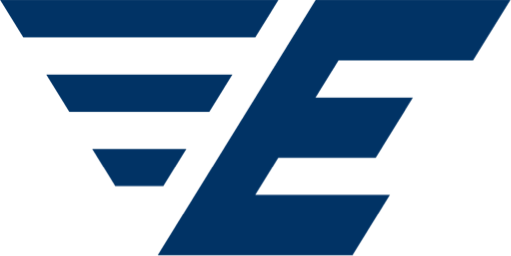
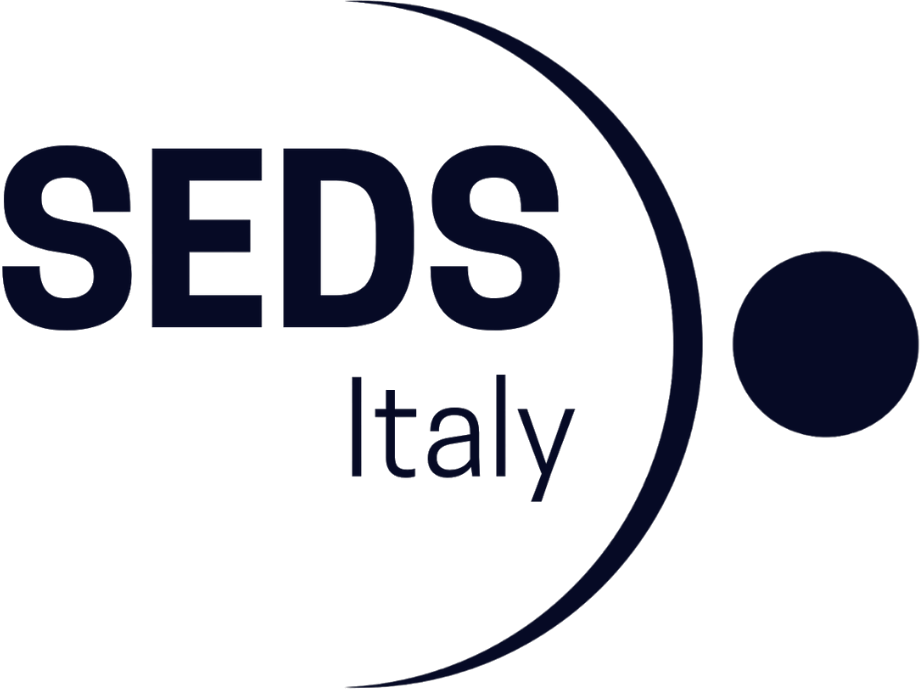
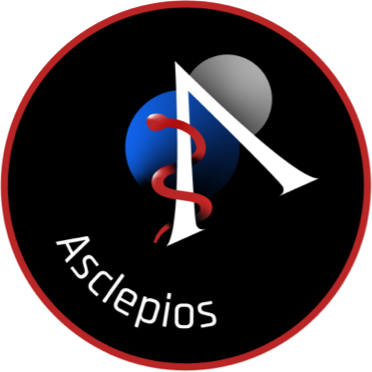
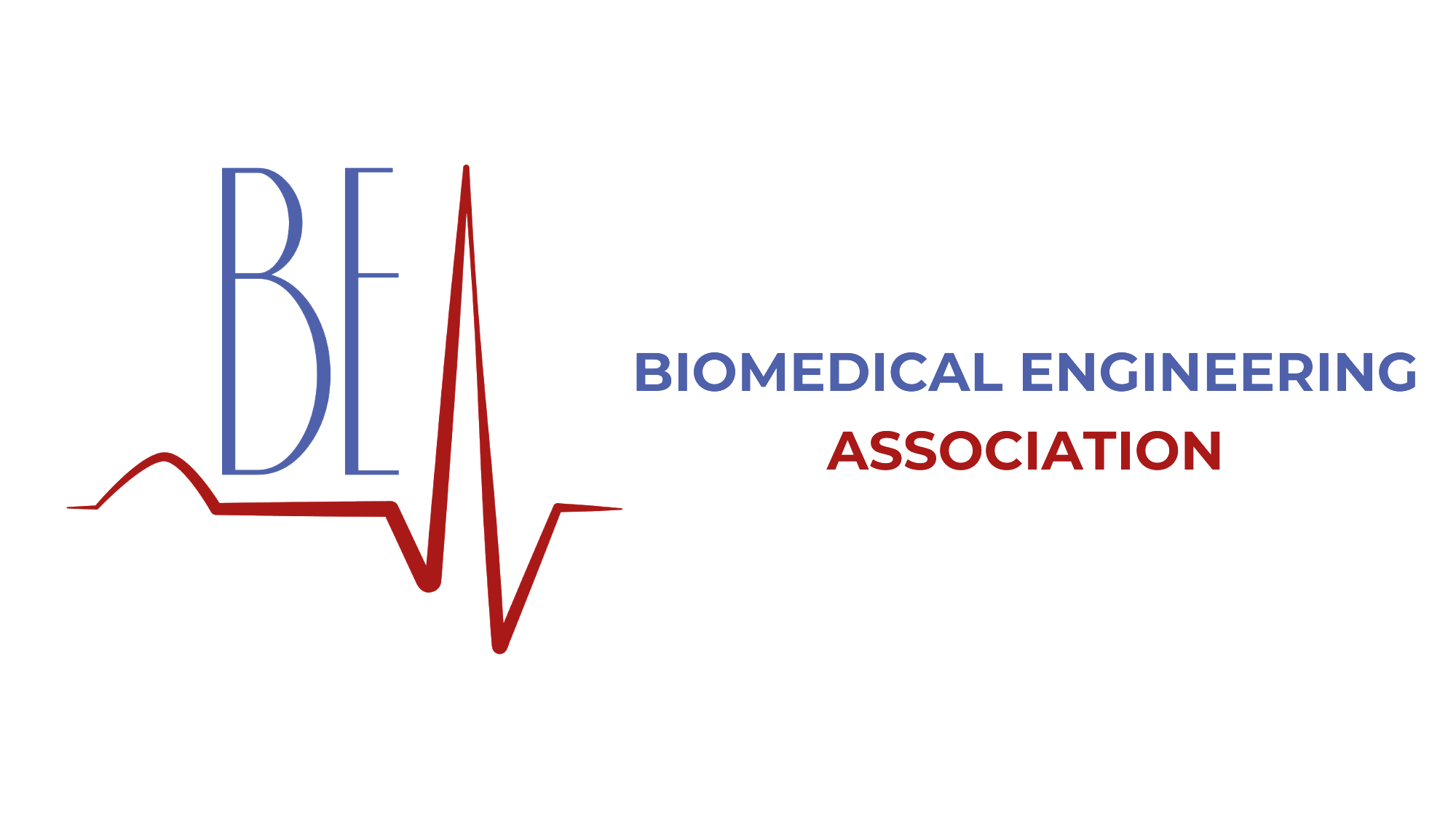
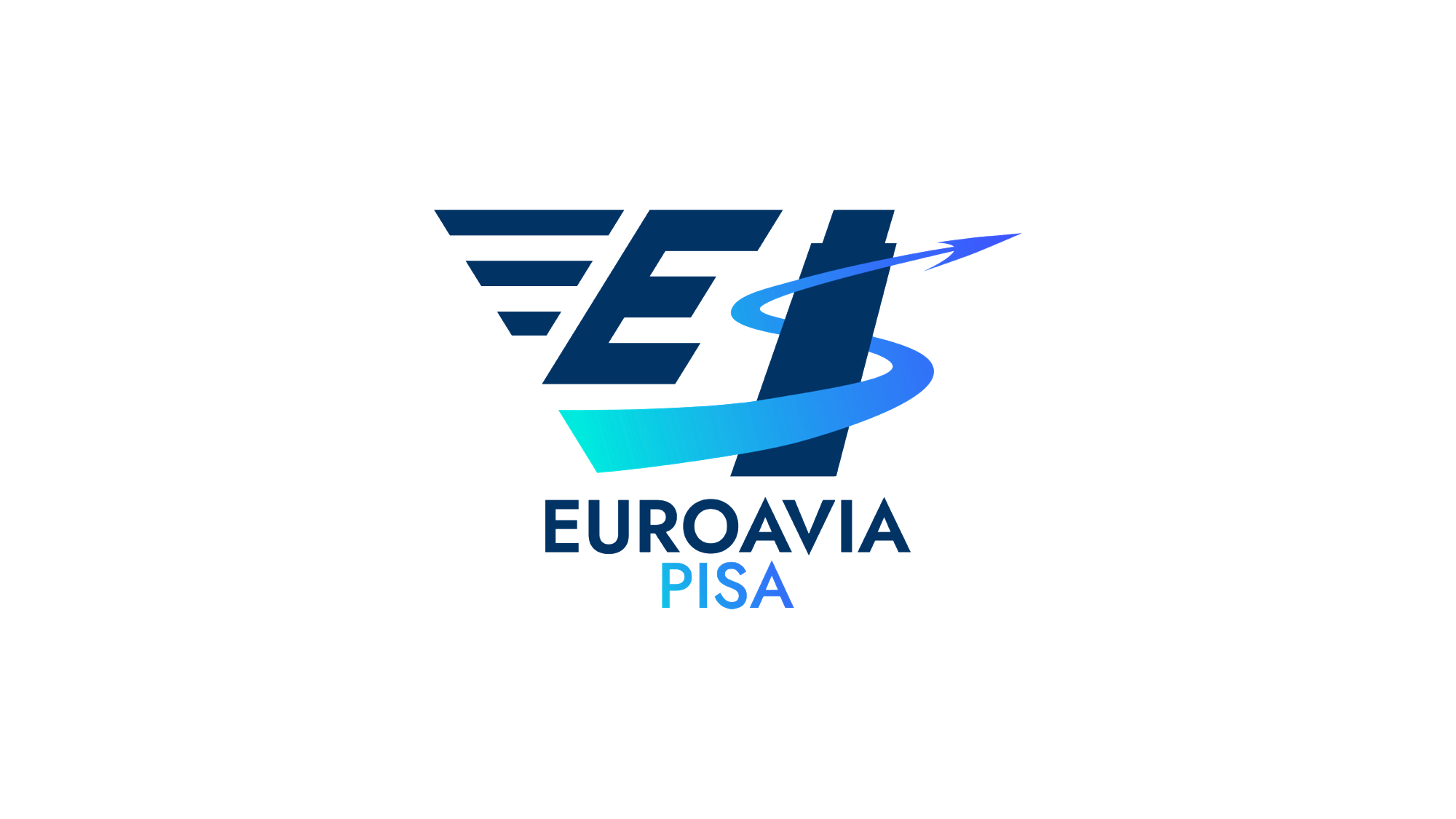
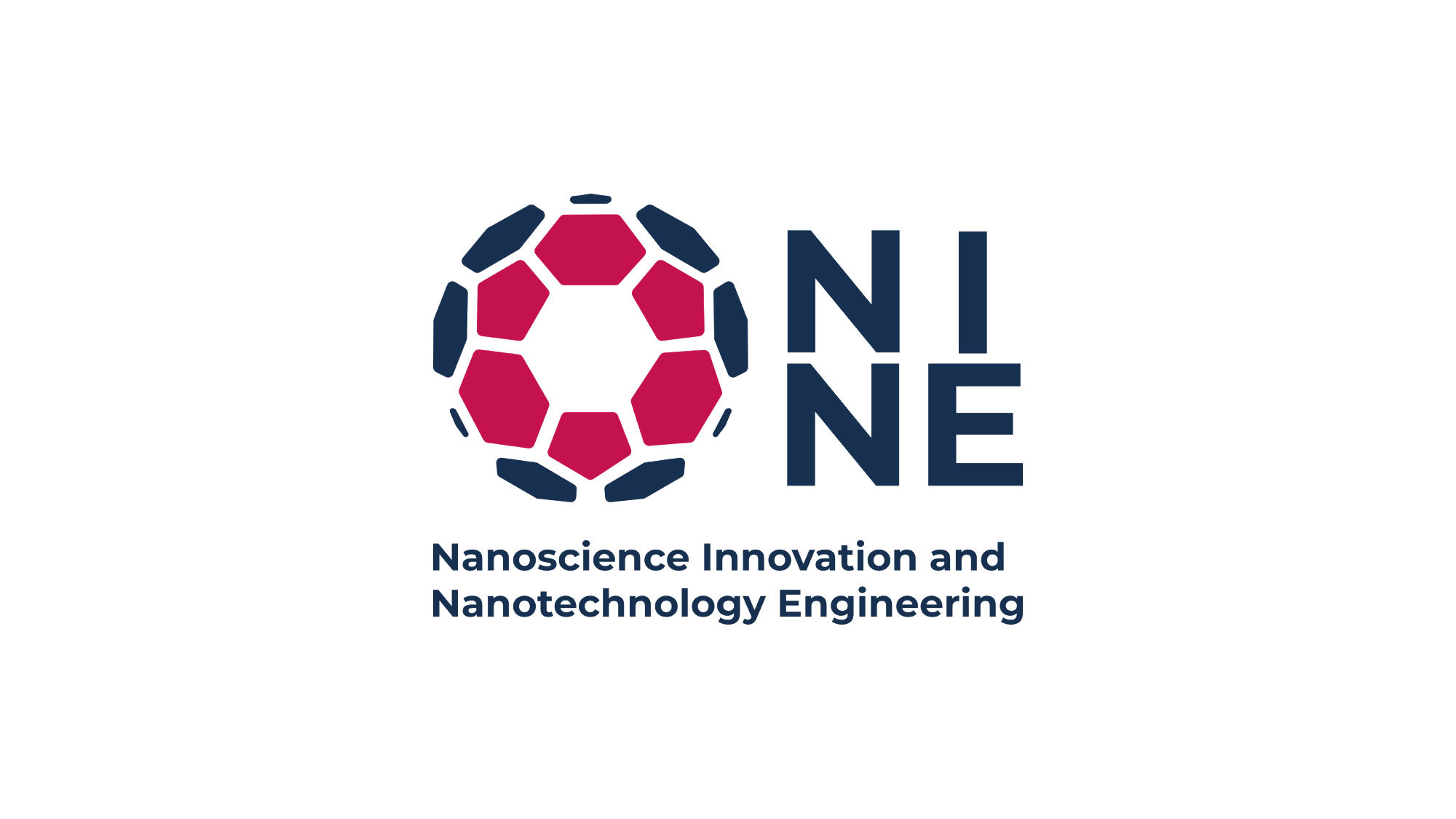

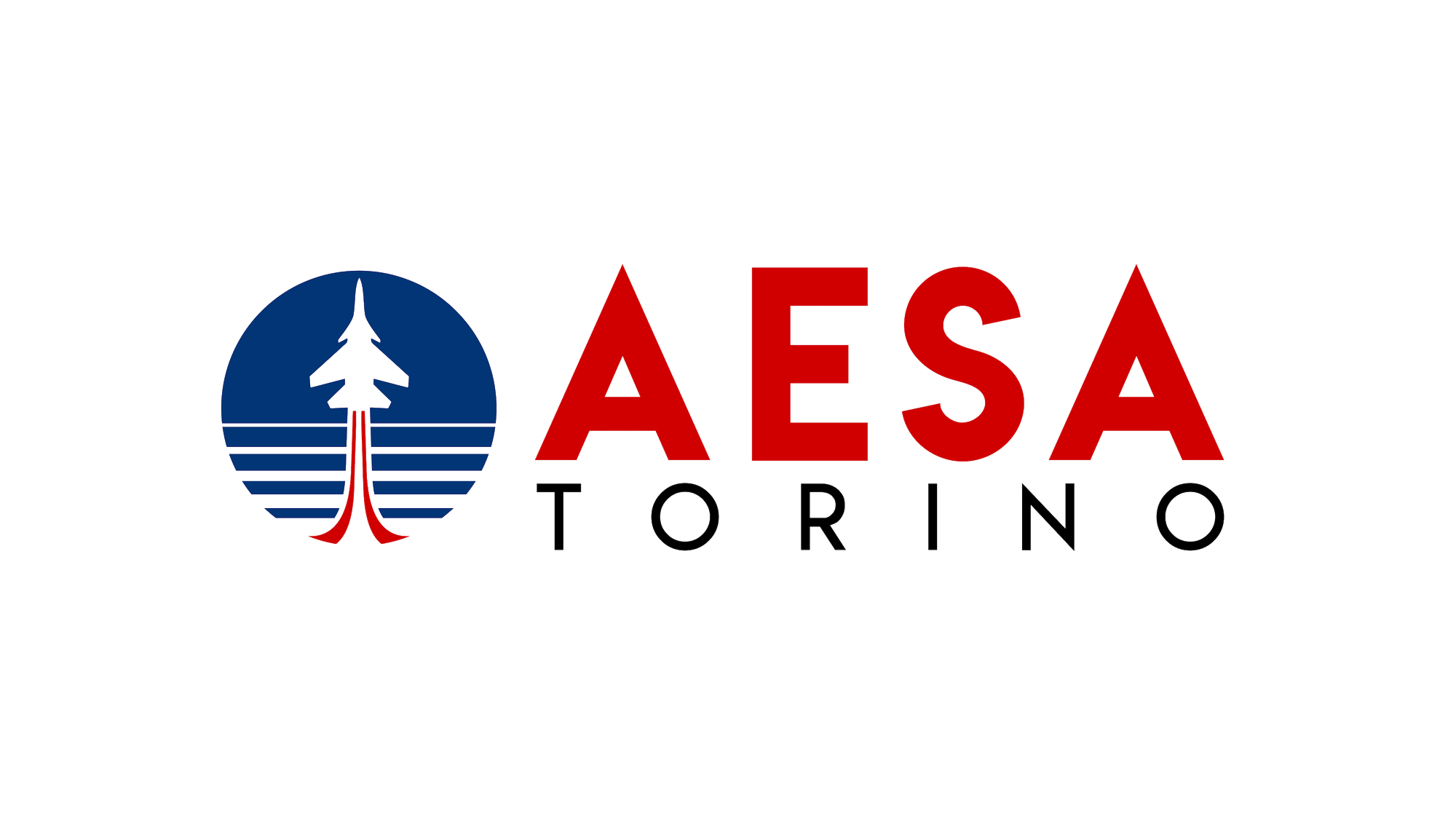

The TITAN Disruptive Innovation Center is one of the points of reference in the scientific investigation scenario.
Titan identifies and analyzes emerging trends and technologies that can disrupt existing processes and produce a significant change in social and economic systems. TITAN’s mission is to help companies and institutions to face upcoming challenges, providing know-how and a revolutionary set of new skills.
All Rights are reserved.
Titan Disruptive Innovation Center
MORE
Courses
Need Help?
Legal link
With Karl Feilder
In an era when companies can no longer shy away from making their contribution in the fight against Climate Change, this course is a guide for managers toward Net Zero.
You will learn the ARROW model, which will enable you to make your company and its processes more sustainable, whatever industry you belong to.
15-19 July 24 | Milano Italy
With Francesco Sisini
Learn the technical and business implications of the new frontier of computing and how you can apply them to enhance your professional future.
The dawn of quantum supremacy
A bit of history
Quantum mechanics Vs Traditional physics
Super computer Vs Quantum computer
Examples of quantum computers
Which types of applications may benefit from quantum computing?
From bits to qubits
The superposition principle
Understanding the Qbit – The Bloch Sfere
Understanding the entanglement
The entanglement in a nutshell
What is a quantum gate?
The not as a quantum gate
Pauli Matrix
The H gate
The CNOT gate
Quantum Gates in a nutshell
Photonic quantum computer
Ion trap quantum computer
Artificial Atom Quantum Computer
Non-cloning theorem
Dense coding
Teleportation
The Deutsh problem
Create and test your first quantum code
The brain as quantum computer
Quantum machine learning and quantum AI
Quantum supremacy
Prospects for quantum computing
First steps in the market
Impact on industries
With Danielle Garofalo, Umberto Ceccarelli, Roberto Garavaglia, Patrick Gudev, Francesco Vincenti, Igor Ciminelli, and Meta Karen
The race to the Metaverse has begun.
Few yet know the real estate opportunities of this new digital world.
In this course you will discover everything you need to know to take your career and your business from the traditional
Metaverse and Construction Industry
Understanding the Metaverse
VR-AR-XR: a brief introduction
Metaverse in Popular Culture
The different shapes of the Metaverse
Web 3.0
What is Metaverse Real Estate?
Implications of Digital Real Estate
Why buy a Metaverse Property
How to buy Metaverse Land Properties
EXTRA: do you remember Second Life?
Becoming (The role of architecture)
Parcel scouting
Architecture & Design (Designing in the Metaverse)
How to buy Metaverse Land Properties
In game coding
CMS
Metaverse networking
Metaverse expansion
Extra services (web dev, store design and asset development)
Welcome
Metaverse 3.0: Blockchain technology and ownership
NFT Worlds – Worlds SDK & Creator Economy – Cubes Utility Token
Use Cases & Examples
How to build. Building Strategies
Teslasuit Haptics
Jobs and Opportunities in the Metaverse
School in the Metaverse
A.I. in the Metaverse – Patrik Gudev
Automotive & Mobility: The Case of partnership with Mole
Blockchain e distributed ledger technologies
Token, smart contract, decentralized timestamp
NFT
Blockchain and metaverse
Decentralized digital identity in the metaverse
NFT in the metaverse
Jobs and opportunities in the Metaverse
School in Metaverse
With Armando Azua-Bustos
Space exploration is the new frontier for human beings, which is generating countless business and job opportunities.
Biotechnology is the solution needed to meet all of the needs of long-term space missions, address the challenges of life in space and on other planets, and ultimately turn science fiction into science fact.
The genetic material
Recombinant DNA technologies
History of biotechnology
Successful cases of microbial, plant and animal biotechnology
The beginnings of rocket science
The first visionaries
The beginnings of the space age
Going to the Moon
The Space shuttle
The International Space Station
The exploration of the Solar System
The future of space exploration
Leaving Earth
The lack of gravity
Space radiations
Atmosphere, water and nutrients
The technical lack of sunlight
Microbiology on space
Space medicine
Plant biotechnology in space
Space applications
The future of biotechnology in space
Challenges to be overcome on the Moon
The future of biotechnology on the Moon
Challenges to be overcome on Mars
The future of biotechnology on Mars
Challenges to be overcome in deep space exploration
Challenges and opportunities for biotechnology beyond Earth
Research opportunities, contacts and funding sources
Brief summary and final considerations
With Onur Yüce Gün
Unleash your design potential. Parametric architecture allows you to create infinite and impossible design solutions using computers and artificial intelligence.
Why Computational Design?
Learning Outcomes
Building Timeless Skills in Computational Design
What is Computational Design & what it is not?
Analytical description of Computational Design
Perceptual description of Computational Design
A Holistic description of Computational Design
Who am I? – My journey
Emergence of Computational Design
Review of design and visualization tools
Why important: Parametric, generative, and algorithmic systems
Hand sketching vs Algorithmic sketching
ML and AI in design
Applications: Academia, Architecture, Product Design, Data Visualization, Animations
What is missing?
The Digital (Binary) Computer: History of Computing
Analytical (scientific) view of the world; Parts and Wholes
Vision and Ambiguity (Human vs Machine Intelligence)
Visual Computation: Shape Grammars
Geometry – Triangles
Geometry – Platonic Solids
Geometry – Freeform modeling
Algorithmic Thinking
Procedural Thinking
Precision
Creativity
Parametric Design Foundations
Parametric Design Hands-On
Data as a design driver (D2D paper)
Predictive Modeling
Implicit Modeling
CNC – Synthetic Natures
3D Printing and DfAM Design for Additive Manufacturing
Prototyping vs Industrial scale applications
Applications in practice
Researching in academia
Creating Measurable Impact (Trends vs Meanings)
Future of Computational Design
Machine Learning Applications
Designer’s shifting role
Formal Degrees
Self-teaching
Talking it to the field
Can quality be computed?
With Alessandro Tassinari
Today, 3D printing is one of the fastest growing construction technologies, which opens new and exciting career opportunities for those determined to shape a better tomorrow
Your journey starts here
What is Construction 3D Printing?
Construction 3D Printing vs. Traditional Building Construction
History of 3D Printing in costruction industry
The Lack of technology adoption in Construction Industry
Manufacturing Evolution
Inside the Technology
Kenyas first 3D printed housen
FIBONACCI 3D printed house in Canada
3D Printing applied to construction
Digital Fabrication through Robotic Arm
Components of a concrete 3D printing system
Building strategies
Intro
Gantry 3D Printers
Delta 3D Printers
Robotic Arm 3D Printers
Crawler Boom 3D Printers
Polar 3D Printers
Powder 3D Printers
Recap
Intro
Concrete
Clay 3D printing
Metal
Fiber reinforced materials and polymers
Building with in situ materials
Economic implication
Marketing Opportunities
A new way to design for architects, designers and engineers
Technological evolution
Turning threats into opportunities
Building in Space
How to start the business
With Igor Ciminelli
Learn the business strategy of the world’s greatest innovators. Identify new growth domains, create your own innovative product, and disrupt your market.
Welcome & Agenda
The theory in short
Disruption’s 3 key-points
Assess the market potential
The Law of Diffusion of Innovation
Start with Why Ted X
Innovation design process
Ideas and adoption
The Disruptive Innovation Theory
Industries Transformation
Building Blocks
The Innovator’s Dilemma
The Kodak case in short
Key points
How to be a disruptor – Harvard Business School Tribute
What is your market?
Not from you and not even from your competitors
It’s a matter of criteria
Non-consumers
Overshot customers
The evolution of performance criteria
How to conquer the market by worsening your products: the low-end disruption
Determine your growth domain
Jobs to-be-done strategy
Rating the jobs
Characteristics of innovation
How good managers condemn companies: the silent collapse
Principles of disruptive development
3-step strategy
7 successful business models examples
Advices and tools
The disrupt-o-meter
The competition
References and must-read
With Barbara Imhof & René Waclavicek
Life in space is getting closer every day. This course will give you the skills you need to become a designer of space environments, both for spaceships and homes.
Your journey starts here
What is Space Architecture?
The Multidisciplinary Approach of Space Architecture
Past and Present of Space Architecture
Design Framework
Habitability Aspects
ISS Life Support Systems
Habitability Special Requirements
Architectural Aspects and Workflow
Architectural Functions of Life in Space
How everything comes together
ISS Introduction
Modular System Paradigms
ISS Modular Structure
ISS Crew System
Luna Gateway
Gateway Configuration Concept
Settlements, Strategies and Objectives
The journey into Space
Planetary Outpost Elements Configuration
Common Archetype for Habitats on Planetary Surfaces
Mobility
Greenhouse
Getting There
Lunar Environment and Resources
Lunar Settlements and in-situ Materials
Building Strategies
Building with in-situ Materials
Getting There
Martian Environment and Resources
Settlements and in-situ Materials
Building Strategies
Closed-Loop Life Support Systems
Why we need to simulate missions?
Gravity
Habitation Simulations
Fidelity of Simulators and Simulations
Design and Habitability
Similarities of Space and Terrestrial Extremes
Recycling, Resilience, and Closed-Loop Systems
Examples of Spin-offs from Space to Earth
City as a Spaceship
Becoming a Space Architect
Space Architecture Pioneers and their Design NEW
Biotechnology for Space Habitats NEW
From the first flights to the settlements on Mars – Materials & Technologies NEW
Space Mining NEW
Making Staff in Space NEW
Analogue Testing in Antartica NEW
Human Performances in Space NEW
Space design for terrestrial living spaces NEW